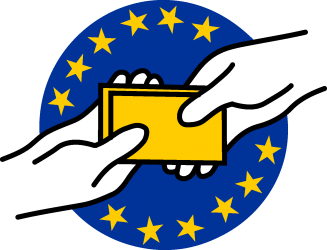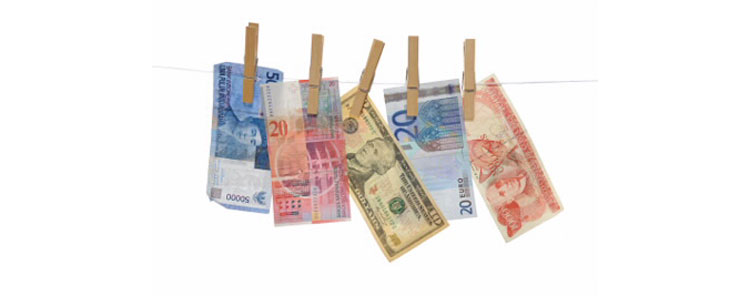With Eurozone growth still sluggish, should the European Central Bank (ECB) consider a radical option – like helicopter money?
ING senior economist Teunis Brosens explains, in this eZonomics video, that the ECB has already employed quantitative easing[1] and lowered interest rates below zero. But how effective these measures will be is unclear, he says.
Flight of fancy?
Brosens asks if there are additional options to stimulate the eurozone.
“Perhaps it’s time the ECB considers a radical new stimulus: helicopter money,” he suggests. “As the name suggests, helicopter money is when money drops seemingly from the sky directly into people’s bank accounts.”
Economist Milton Friedman floated the “helicopter drop” concept as a way to fight price deflation in his 1969 paper The Optimum Quantity of Money.[2]
Brosens notes: “It immediately boosts purchasing power. It is probably a far more effective way to boost spending than measures already undertaken, such as purchasing assets.”
A positive 2014 analysis of helicopter money by Willem Buiter can be read here: helicopter-money
Irreversible policy
Brosens points out that helicopter money is also very risky.
“Negative rates can be increased at the stroke of a pen. Purchased assets can be sold again. But helicopter money, once dropped, cannot be redeemed again by the central bank. It is irreversible policy. It also weakens the central bank’s balance sheet,” he explains.
This means the eurozone probably won’t see money falling from the sky for some time to come, concludes Brosens.
Article first published in november 2015 on https://www.ing.com/Newsroom/All-news/Features/In-90-seconds-Can-helicopter-money-kick-start-the-eurozone.htm


